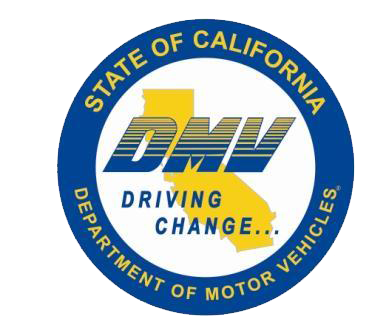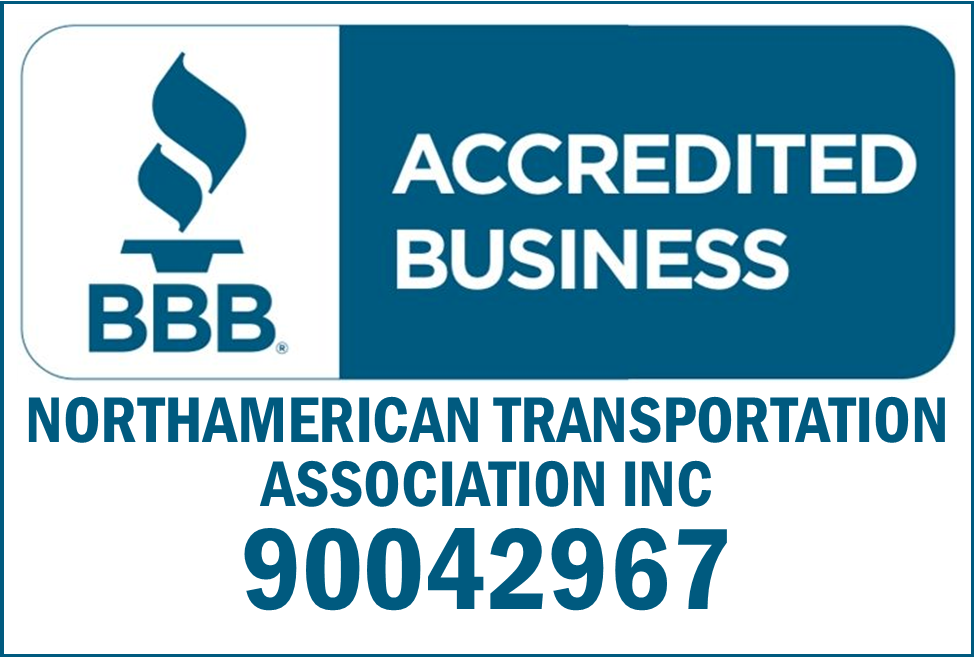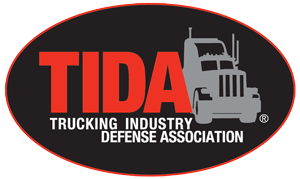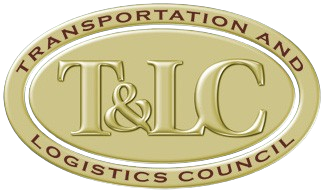Trucking Operating Costs went up 6.6% in 2023 and a Way to Cut Costs.
The total marginal cost of operating a truck in 2023 rose to a record $2.270 per mile despite fuel costs that fell by 8.8 cents per mile, according to a new report by the American Transportation Research Institute.
“While this marked a new record high cost, it increased by only 0.8% over 2022’s total.” said the report, an in-depth ATRI analysis of 2023 operational costs of trucking. “Marginal costs on a per-hour basis were $91.27, up just 0.5% from $90.78 in 2022.” Fuel costs per mile fell to 0.553 cents last year from 0.641 cents in 2022, ATRI said.
The report was made public June 25. Costs, excluding fuel, went up by 6.6%, even in a year when we had a freight recession — higher than a lot of us were hoping and expecting. But beyond that, no two segments of the industry experienced the same cost trend.
There were some sectors and fleet sizes that had greater increases in some areas, and not in others. So, there were opportunities for somewhat moderated costs. But it was a challenging market still overall.
Despite the cost increases, the ATRI report said that in 2023, inflation rates cooled to 3.4%, GDP growth improved significantly in the second half of the year, and many cost centers in the trucking industry stabilized.
In the freight market, however, contract and spot rates both fell steadily over the year, as did freight shipments, spend and tonnage. All of these developments put a strain on industry costs and operations, the report said.
Also, the report concluded that 2023 expenses rose moderately across most categories, with average costs across line items increasing at less than half the rates experienced during 2021 and 2022.
Truck and trailer payments grew by 8.8% to $0.360 per mile, driver wages grew by 7.6% to $0.779 per mile, and repair and maintenance costs grew by 3.1% to $0.202 per mile.
The exception to the trend was truck insurance premiums, which grew by 12.5% to $0.099 per mile after two years of negligible change.
The soft 2023 freight market posed many challenges for operational efficiency, as tracked in the report. Deadhead mileage, a critical financial drain, rose to an average of 16.3% for all non-tank operations, and driver turnover rose 5 percentage points in the truckload sector, according to the report.
Annualized turnover rates among truckload carriers worsened in every fleet size group in 2023 compared to 2022, noting that while smaller fleets continue to enjoy lower turnover overall, truckload fleets with 26 to 100 trucks saw their average turnover rate jump from 29.2% in 2022 to 51% in 2023. Those pressures combined with low freight rates strained profitability across the industry, the report said.
On the one hand, the report said wages went up. That was predominantly driven by less than truckload due to the market shifts happening in that space and union contracts as well. But we didn’t see wages [increase] as much in some of the other sectors like truckload, where wages have gone up so much in the previous couple of years.”
The report noted that while costs were rising, operating margins were declining.
In the truckload sector, the operating margin was 3% on average, down from 8% in 2022.
In the refrigerated space, it was 2% in 2023, versus 6% in 2022. Going down the line, you had several sectors where operating margins were half of what they were in 2022.
The one exception to that was the less than truckload sector. That’s largely because there was so much of a market upheaval in the LTL space in 2023.
However, the report said some of the numbers for the first two months of 2024 are encouraging.
What the report showed was that in several cost centers, there was moderation in costs. We saw tire costs going down a little bit, we saw repair and maintenance increase by only a small amount the first couple of months, and truck and trailer increases were still going up, but not as much.
So at least our initial indicators for 2024 suggest that costs will not go up by as much. Right now, it looks like costs are still trending up overall in 2024, but not by as much as we saw in 2023.
The current economic environment makes cost management essential to successful operations. ATRI’s Operational Costs report provides the targeted costs and operational benchmarks necessary to identify opportunities for reducing expenses and how to best act on those opportunities in our fleet.
So, what is the solution. Many companies are turning to Emergency Roadside Assistance. So what are the advantages and disadvantages of using Emergency Roadside Assistance.
- Safety:
- Immediate Help: Provides quick assistance in dangerous situations, such as breakdowns in hazardous locations.
- Trained Professionals: Ensures that help comes from professionals who are experienced in handling roadside emergencies safely.
- Convenience:
- 24/7 Availability: Most services are available around the clock, providing peace of mind for truckers who travel at all hours.
- Range of Services: Covers a wide range of issues, from mechanical problems to towing, fuel delivery, tire changes, and more.
- Minimized Downtime:
- Quick Response: Helps get trucks back on the road faster, minimizing delays and potential losses.
- Efficient Repairs: Can provide on-the-spot fixes or tow the truck to a nearby repair shop quickly.
- Cost Savings:
- Membership Benefits: Many services offer memberships that can save money over time compared to paying out-of-pocket for each incident.
- Preventive Services: Some plans include preventive services that help avoid major repairs down the road.
- Stress Reduction:
- Peace of Mind: Knowing that help is just a call away reduces stress for truckers, leading to a more focused and safer driving experience.
Disadvantages
- Cost:
- Membership Fees: The cost of membership or individual service calls can add up, especially if services are rarely used.
- Unexpected Charges: Some services might have hidden fees or limits on coverage that can lead to unexpected costs.
- Coverage Limitations:
- Geographical Restrictions: Some roadside assistance programs may not cover certain remote or rural areas.
- Service Limitations: There may be limitations on the types of services provided or the number of incidents covered annually.
- Dependence:
- Reliance on Third-Party: Dependence on external services can sometimes delay immediate action, especially if the service provider is busy or far away.
- Service Quality Variance: The quality and speed of assistance can vary depending on the provider and location.
- Potential Delays:
- Response Time: Despite 24/7 availability, response times can be longer during peak hours or in remote areas.
- Coordination Issues: Miscommunication or coordination problems between the trucker and the service provider can cause additional delays.
- Over-reliance:
- Skills Deterioration: Truckers might become too reliant on assistance services and not maintain essential skills for minor repairs and troubleshooting.
Conclusion
Emergency roadside assistance is a valuable service for truckers, offering safety, convenience, and cost savings. However, it's important for truckers to consider the costs, potential coverage limitations, and the possibility of delays. Balancing the use of these services with maintaining personal skills and preparedness can help truckers make the most of what roadside assistance has to offer. NorthAmerican Transportation Association has endorsed Rig Nation as its Roadside Assistance for its membership.
Members of NTA will receive discounted annual fees.
Content Disclaimer: Due to the constantly changing nature of government regulations, it is impossible to guarantee the total and absolute accuracy of the material contained herein or presented. NorthAmerican Transportation Association (NTA) cannot and does not assume any responsibility for omissions, errors, misprinting or ambiguity contained. NTA shall not be held liable in any degree for any loss, damage or injury caused by any such omission, error, misprinting or ambiguity present. It is made available with the understanding that NTA is not engaged in rendering legal, accounting or other professional service. If legal advice or other expert service is required, the services of such a professional should be sought.











